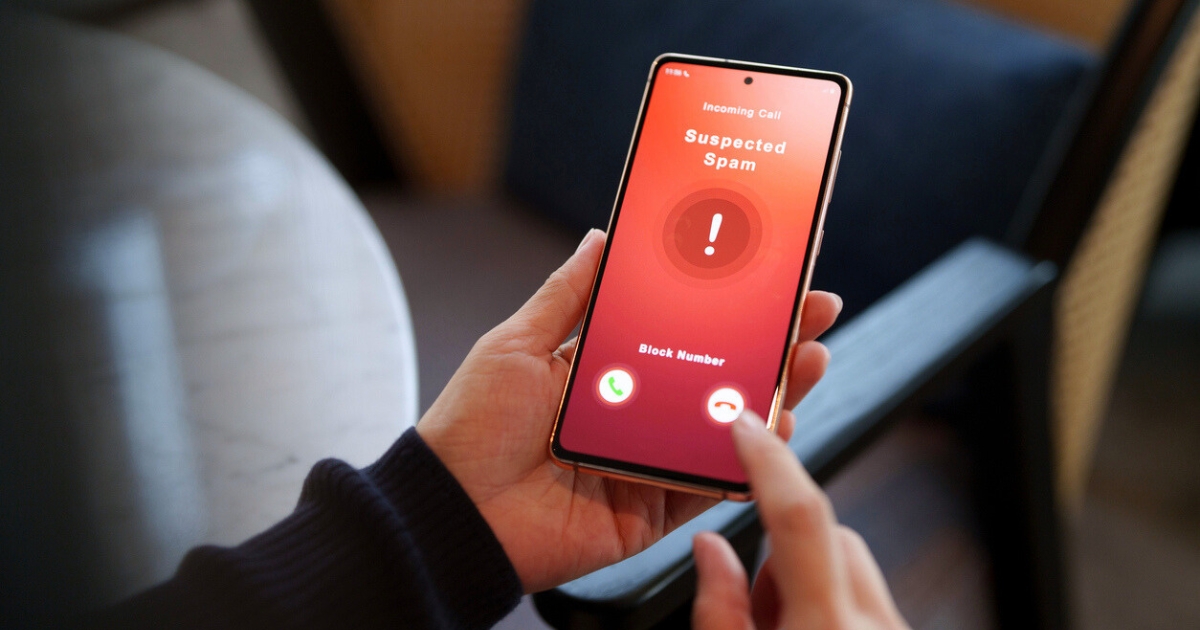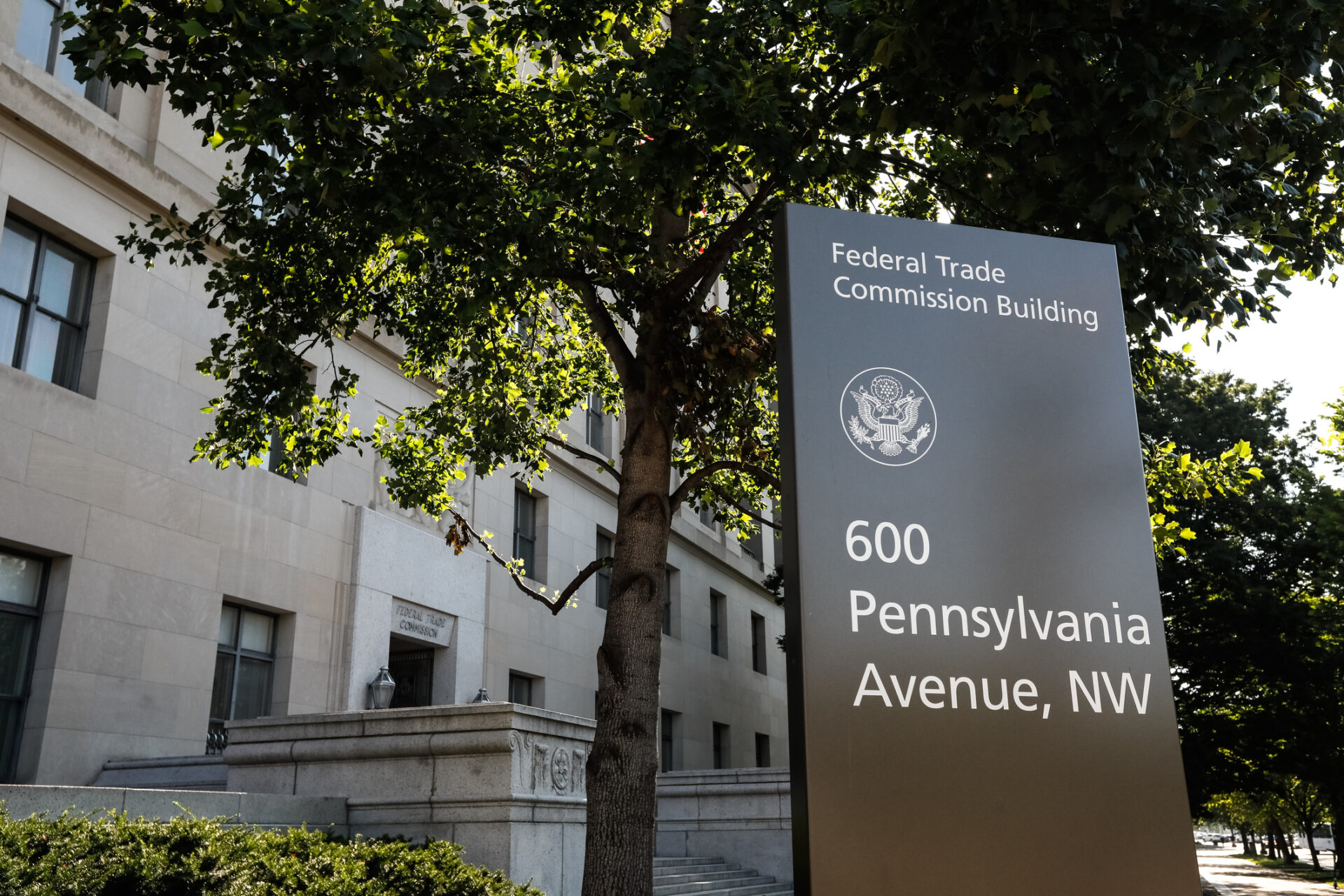Resources
Explore a range of outbound customer engagement topics, including best practices, software advice, industry news and more. If you’re looking for all things customer outreach, you’re in the right place.
Looking for compliance resources? Visit our Compliance Center.
Filter by:

Manager’s Guide to TCPA Compliance Training for Outbound Calling
Learn how to train your outbound sales or call center team on TCPA compliance to avoid fines, protect your brand, and build customer trust.

Why Your Calls Get Flagged as “Spam Likely” and How to Fix It
If your calls are flagged as spam, you’re losing leads. Find out what causes it and what you can do to prevent and fix flagged phone numbers.

Outbound Lead Generation: 4 Proven Strategies with Examples
When done right, outbound lead generation is a fast and effective way to grow your business. Discover 4 proven strategies for driving high-quality leads.

Quick Guide: What is the Telemarketing Sales Rule (TSR)?
If you rely on outbound calling to generate sales for your business, you should be aware of the TSR. Learn what it is and how to protect your business.

How to Maximize the Reputation & Lifespan of Your Phone Numbers (DIDs)
Direct Inward Dialing (DID) numbers, and how you manage them, can impact your ability to connect with your potential customers.

KYC in Telecom: Why It Matters for Customers, Not Just Carriers
It’s not just paperwork—KYC protects your calls. Find out why verifying customer identity matters and what can happen when carriers skip it.

How to Generate Solar Leads and Master Follow-Ups 2025
How can you generate solar leads and convert follow-ups into sales? Here are nine proven lead generation tactics and three ways to follow up effectively.
See Readymode in action.
Get a personalized demo of our all-in-one predictive dialer. Make more connections, maximize agent performance, and turn dials into dollars for your outbound call center.


